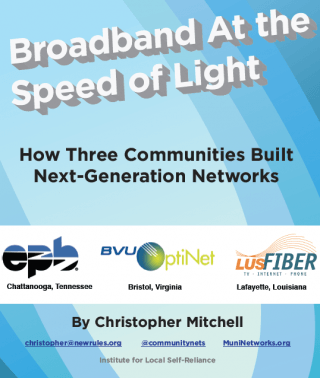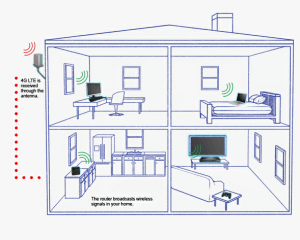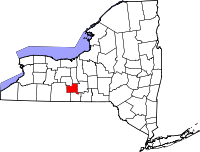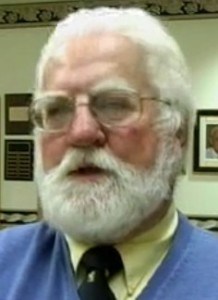 Can we have 90 seconds of your time, please?
Can we have 90 seconds of your time, please?
Christopher Mitchell at Community Broadband Networks has put together some compelling evidence about how some of the most advanced broadband networks in the country are being built by and for the communities they ultimately serve.
You may think the best broadband around can be found in the biggest cities in America, but you’d be wrong.
“It may surprise people that these cities in Virginia, Tennessee, and Louisiana have faster and lower cost access to the Internet than anyone in San Francisco, Seattle, or any other major city,” says Christopher Mitchell, Director of ILSR’s Telecommunications as Commons Initiative. “These publicly owned networks have each created hundreds of jobs and saved millions of dollars.”
The fact is, public broadband is convincing some of the country’s biggest tech companies, including Amazon.com, to locate enormous distribution centers right in the middle of fiber-plentiful cities like Chattanooga, and that means job growth — a lot of it.
Unfortunately, too often today’s “broadband innovation” comes only from how to extract more money for less service from some of America’s top providers. Usage caps, overcrowded networks, and speed constraints conspire to help America lose the global speed race. But some communities are fighting the good fight themselves, even as big phone and cable companies like AT&T, Time Warner Cable, Comcast, and CenturyLink are trying to smash those networks through special interest corporate welfare legislation.
Mitchell and his team have assembled the facts: BVU Authority’s OptiNet in Bristol, Virginia; EPB Fiber in Chattanooga, Tennessee; and LUS Fiber in Lafayette, Louisiana — all built by publicly-owned utilities, demonstrate the public sector can deliver effective, innovative service at prices consumers can afford. Better yet, they’re doing it in places big telecommunications companies decided were unworthy of getting world-class service.
[flv width=”640″ height=”380″]http://www.phillipdampier.com/video/Community Broadband.flv[/flv]
Watch this video and learn why community broadband networks represent America’s most innovative broadband, and then learn more about how you can get involved and support better broadband in your community. (2 minutes)


 Subscribe
Subscribe






